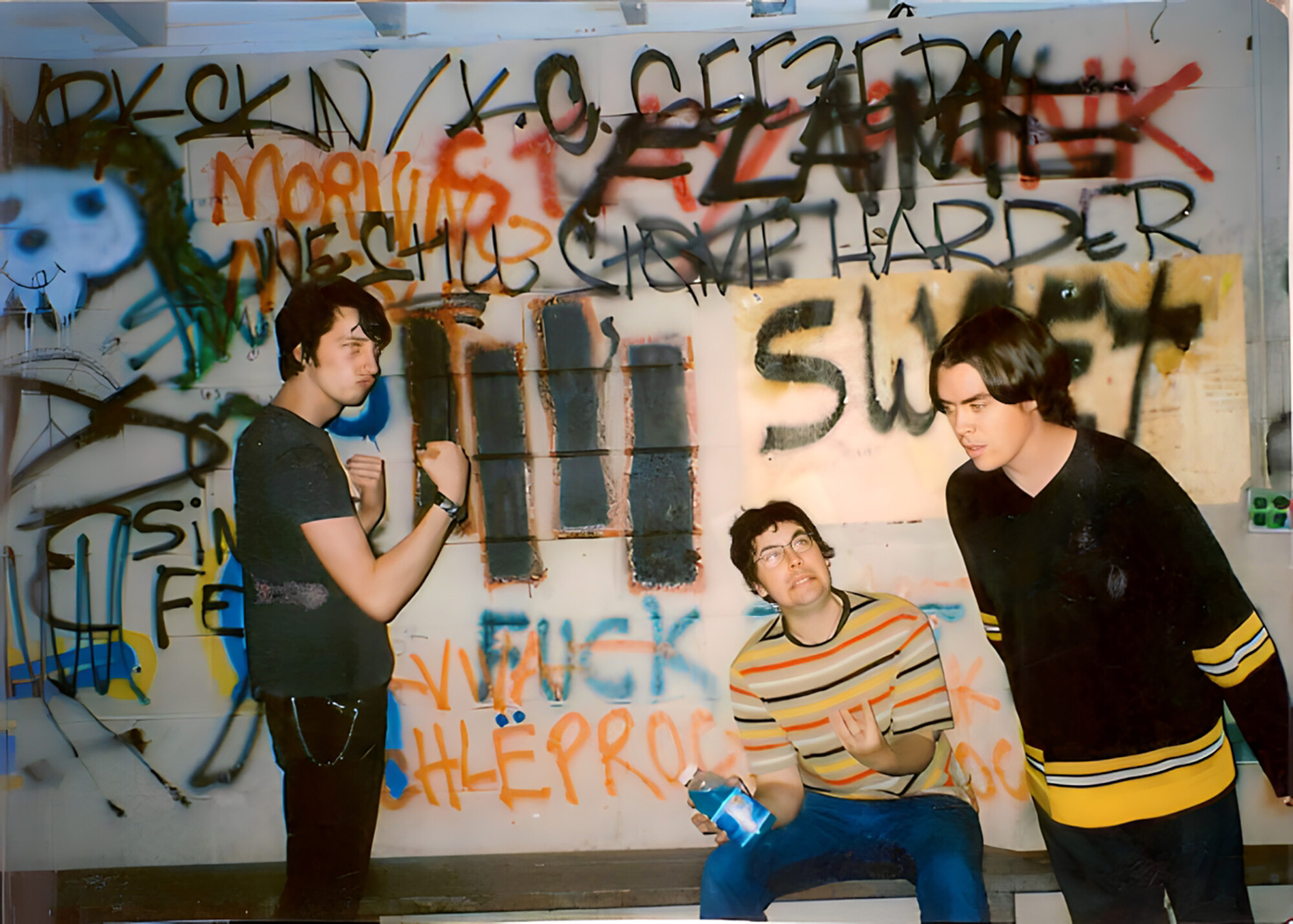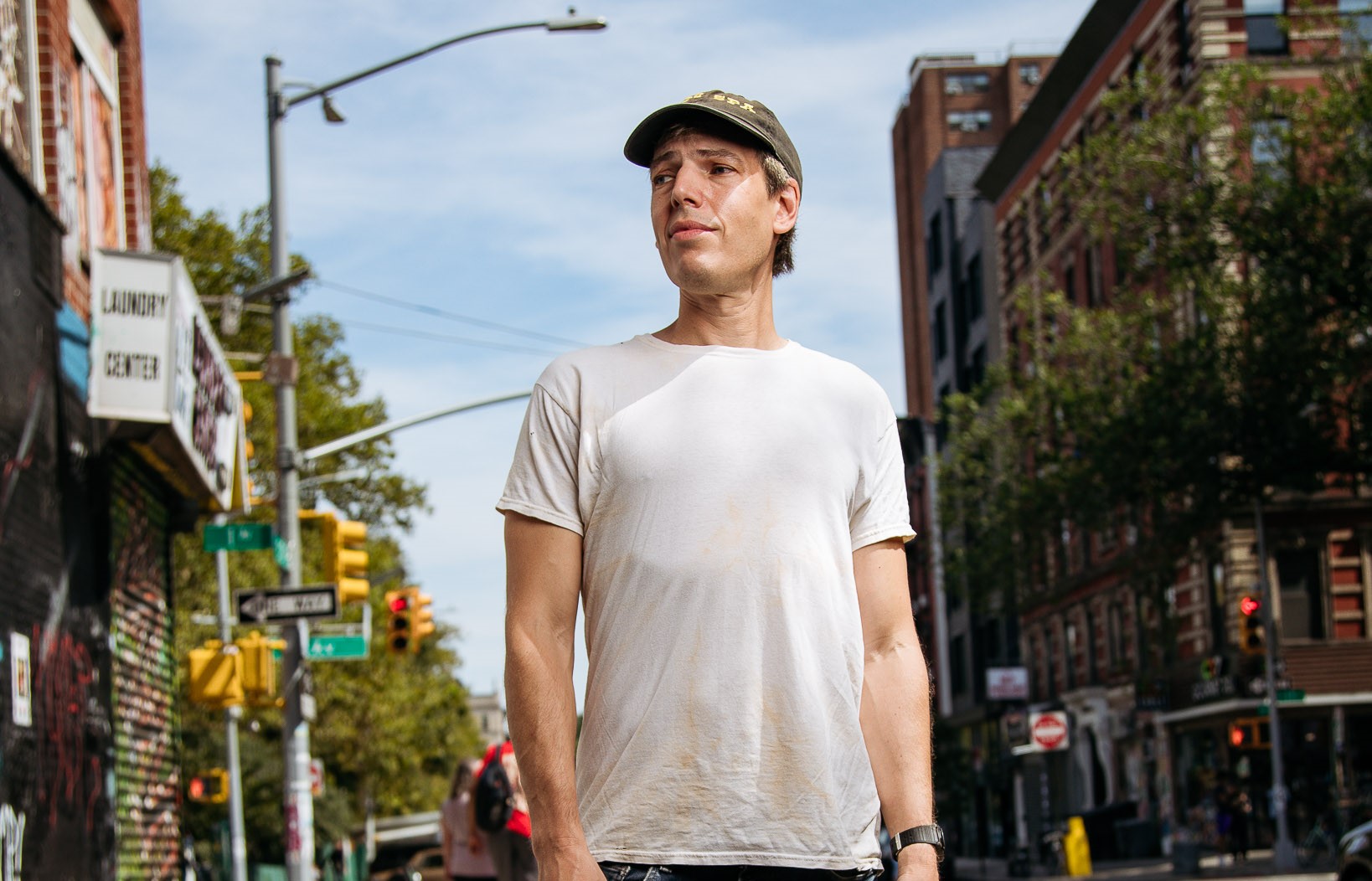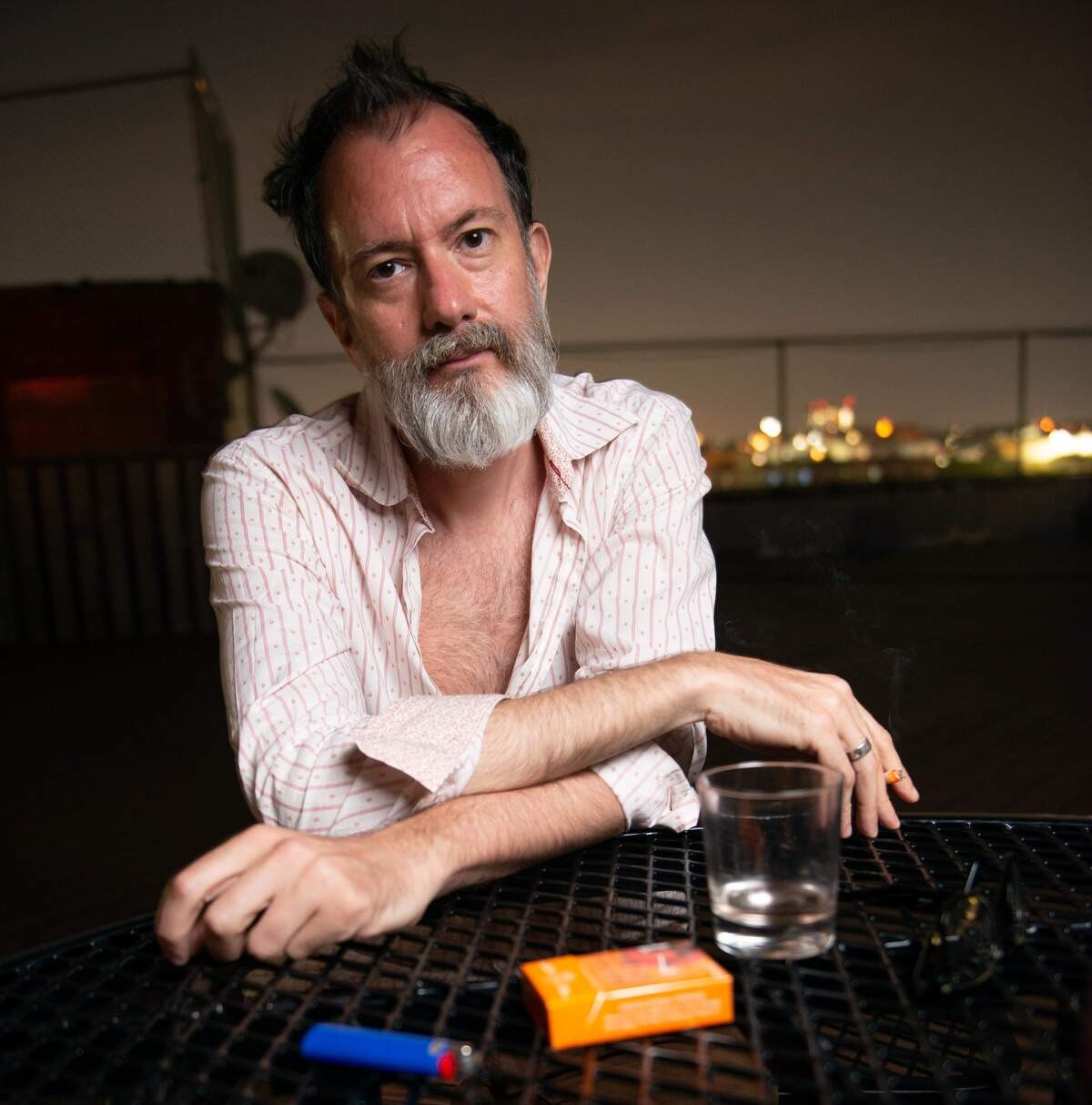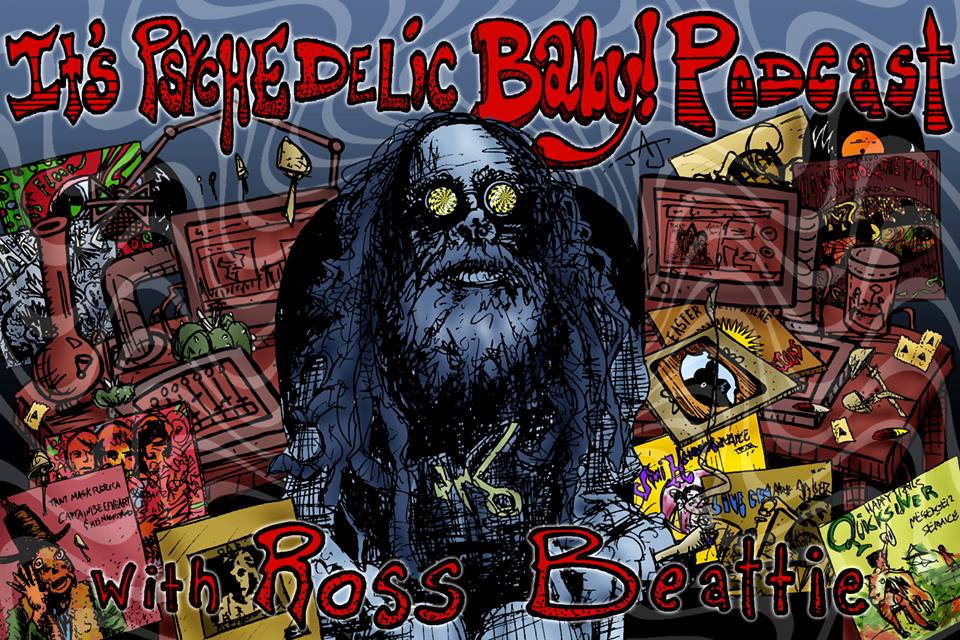The Fucking Champs | Interview | Reissue of ‘III’
The Fucking Champs are an experimental three-piece rock band from San Francisco, California that recently reissued a brand new remaster of their debut double LP ‘III’ on 12 inch vinyl.
At the end of the century, The Fucking Champs spread Total Music™ across the planet, touring relentlessly and producing albums full of undeniable note choices, sounds and songs. For III’s 25th anniversary, the band remastered the original master tapes, assigned John Golden to expertly cut lacquers and oversaw artwork restoration by forensic experts in Drag City’s sub-basement. For the first time, this master stroke of musicality is widely available to an increasingly rock-starved public. The band also collaborated with Trans Am as The Fucking Am/TransChamps.
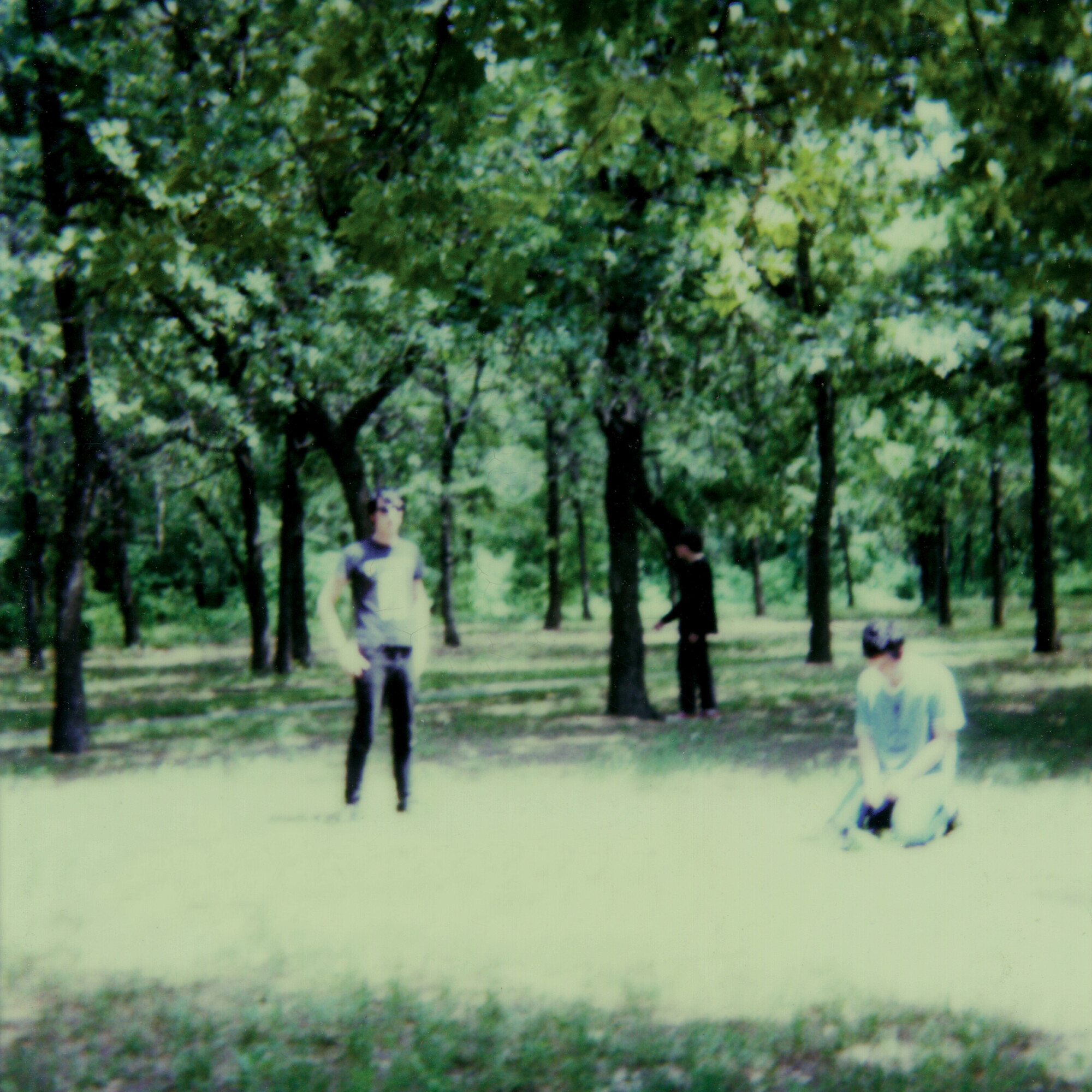
“We found it was better to avoid sound checks and take them by surprise”
Are you excited about the latest reissue of your double album from 1997? How much work and preparation went into it.
Tim Green: Yeah, I’m happy that the album will be widely available for the first time. I think it’s my favorite Champs record and a lot of people have told me that it’s their favorite as well. We had talked with Drag City about reissuing the record for years. When I realized that the 25th anniversary was coming up, I figured that it was time to finally do it. Our old label lost the masters, but I still had the reels we mixed down to. I had recently worked with a guy in southern California who baked and transferred a bunch of reels from the mid 70s for another album I was working on, so we asked him to do the same for our mix reels. I remastered it here at Louder and John Golden, who cut most of our other records, cut the lacquers for the vinyl. No one could find the polaroids we used for the artwork, but the guy who did the layout for the original release still had the files, including scans of the polaroids. Dan Osborn at Drag City did a great job reconfiguring some of the layout. He asked what we wanted to do for the LP label and I had the idea to make an homage to the Led Zeppelin III label, which Dan executed perfectly!
It’s a very long and diverse record. What can you tell us about the material on it? Was it all newly written back then or did you pick up some old sketches that you wanted to revisit and finish?
About a third of the songs were already written before I joined the band in the beginning of 1996. Most of those songs appeared on the two cassettes and seven inches released between 1993 and 1996. The rest were written between the time I joined the band and early 1997. The first song we worked on together was ‘Valkyrie is Dying’. Most of the song was written before I joined, but we wrote the last few parts together in the first month I played with ’em.
Would love it if you could share some words about the usual creation process for the band. As the music is full of complex shifting time signatures, I’m curious how you approach it?
Generally, someone would bring a riff or a few parts into practice and we’d work on it together. However, about 10 of the songs on ‘III’ were written and recorded at home by just one of us. There are at least two songs from each band member where it’s only them playing on the song, but the rest of those would usually have at least one other person playing on it in addition to the person who wrote and recorded it. I know one of my songs ended up with everyone playing on it, although with only 8 tracks (sometimes only 4), there wasn’t room to add a whole lot! They had a similar approach with the two cassettes they released before I joined the band.
You were originally founded in the Santa Cruz area back in the early 90s. How would you describe the local scene back then? Where did you hang around and what was the initial plan when starting The Champs (later to be added Fucking to your name due to the UK Champs).
I never lived in Santa Cruz myself, but I spent a lot of time there after I moved to San Francisco from Olympia in 1995. The way I first met The Champs was that my band, Lice, was on a west coast tour. A friend of a friend put me in touch with Tim Soete to ask about booking a show in Santa Cruz. We played at the Red Room, which Tim worked at sometimes and a lot of SC bands played at regularly. I think there were a fair amount of house shows too, I know I went to some. There was a great scene in Santa Cruz around then. Besides The Champs, there was Spaceboy (who Adam from The Champs also played with), Botulism (who eventually became Wooden Shjips), TNT and a bunch of others. Tim and I actually had a more death metal sounding band called Exhume with the drummer from Spaceboy (not to be confused with Exhumed from San Jose, who came around a little later). I’m not aware of any UK Champs, but there was a 1950’s American band called The Champs. We got a few mysterious letters that may have been leading to a lawsuit or something, so we decided to change the name around 1997, but we could never fully agree on a name. This is why we went with the ‘C4AM95’ name on the record, because you could decode it if you placed your hand and fingers over the name in the right way. I made some shirts for a tour in 1997 and people in Portland had been calling us The Fucking Champs for a while, so I put the “fucking champs” on the shirts and it just stuck.
What kind of gear, effects, pedals and amplifiers did you use on the debut album?
I think we listed all of the gear (including guitar pics!) on the album gatefold. Live, Josh played a modified Kay/Silvertone nine string guitar through a Marshall guvnor distortion, a hush noise gate and a Marshall jcm800. I played a Hagstrom II through the same pedals as Josh into a Marshall JMP master volume model. I modified all our heads to have more low end. For one tour we each used two heads, but it was a little too loud for Tim. I remember when we sound checked at the bowery ballroom in New York, one guitar by itself was already over the 120 dB limit enforced by the city. When I joined the band, I came up with the “amp-itheater” idea, where we would each have two 4×12 cabs on each side of the stage. It meant that people could hear both guitars relatively equally no matter where they stood in the room and we would never have to rely on monitors or need to sound check (unless forced to). We found it was better to avoid sound checks and take them by surprise, rather than get off on a contentious foot earlier in the night. I don’t remember if I did it on ‘III,’ but on the rest of the records I would usually do basic one track with my hag and the other with a ’67 Rickenbacker 360. When Tim Soete would play guitar in the studio, he would usually use a Les Paul, but he didn’t have that when we were recording ‘III’.
Tell us more about the studio time working on ‘III’?
We started out recording in the house I lived in. I had a control room set up in my bedroom and a live room on the floor below, which was partly underground. It was a great sounding room, but we got evicted about halfway through recording the album, so the rest was recorded in our practice space. That room was about 13 feet by 18 feet. There was some trial and error, not having a separate control room or heavy duty headphones, we’d have to guess when making a sub mix for the drums while tracking. There were a lot of times where it would just be me and Josh working on the recording and then a few times where it was just me and Tim. We were kinda putting together the whole concept as we were writing and recording. I think we realized early on that we’d have to do a double album cos we had too many songs, so as we were recording, we were thinking about where some of these songs would go on the album. Like for side 3, we decided to make it the “difficult” side. After ‘Flawless Victory,’ it would be a bunch of vague atmospheres, no drums, nothing too exciting. It was almost like an intermission for the whole album. Then it continues into side 4! A true test of the listener’s patience. If you could get through side 3 and part of 4, then you were rewarded with the longest full on rock block on the album. It was also kind of a nod to side 2 of Black Flag’s ‘My War’.
It would be fantastic to draw some parallels to the releases of ‘IV,’ ‘V’ and ‘ VI’. What runs through your mind when hearing those records again?
I haven’t listened to them in a while, but I know we tried to make subtle references to earlier songs/albums on all the subsequent albums. We generally continued the process of each member doing some solo songs, although on the last album, I mostly wrote the full band songs and Tim and Phil mostly wrote the interlude pieces.
I would love it if you could share how you first got involved with Thee Evolution Revolution.
I’ve been friends with the singer/guitar player, Seth, since we were 3. Our high school band, the vile cherubs, had stopped playing because our drummer moved away for college, so we started playing with our friend Jay Stuckey, who Seth went to high school with. We played a bunch in the summer of 1989 and put out a 7″ on get hip. Eventually we got James from Ulysses to replace me on drums and I switched to guitar for the last 4 months or so of the band. We were very much inspired by Thee Mighty Caesars, The Milkshakes and that whole Medway Delta scene. We would also do a different Stooges cover every show and get our friend to guest sing on it.
I was always wondering about the initial idea/concept behind The Nation Of Ulysses. Would you like to share some further words about it?
It was always an aspirational concept to inspire others towards revolutionary concepts.
Vile Cherubs was a band with a very unique sound and vision. What do you remember from those days?
We did a lot of acid. We started out in 1986 very much inspired by bands like The Music Machine, The Blues Magoos and other 60’s punk stuff, as well as some more recent bands like Mission Of Burma, The Morlocks, The Chesterfield Kings, Plasticland, The Prisoners and bands on Midnight Records and Voxx records. I was also really getting into jazz, 70s funk and acid rock, like Blue Cheer and Iron Butterfly around that same time. We actually had an alter ego band called The Funky Bus, which mostly played parties. We wore DC metro-bus uniforms.
Then there’s also Lice and The Young Ginns, not to mention various solo albums. Would you like to share a few words about those two bands and how that led you to your solo career and work behind Louder Studio?
The Young Ginns were formed when Unwound was on their first US tour and stayed at my house in DC for like three days. This was when Brandt was still playing drums for Unwound. He and Justin and I jammed in our practice space for a while and decided that we were a band. I ended up moving to Olympia about a year later and we picked up where we left off. We were mostly inspired by Black Flag mostly, hence the name. The Young Ginns put out a 7″ on Gravity Records and later, a CD on Honeybear, which was Lance Hahn’s label. We plan on reissuing The Young Ginns stuff on vinyl sometime soon.
Lice was formed in 1993 with my friend Becky who had just moved to Olympia from DC and my friend Bert, who I lived with and worked with at a record/video/skate shop. We mostly played around the northwest, but did a west coast tour in 94, which is when we met the champs and bonded over our love of Confessor, Cathedral, Carcass, Morbid Angel and other metal bands. We played some shows with them when they came up to tour the northwest the following year. Lice appeared on a few comps, but never put out a record. We may be putting some of the Lice stuff out soon on vinyl. The first time Greg Anderson from Sunn O))) and Southern Lord saw a Sunn model T was at a show Lice played in someone’s basement. I played through two of them into a homemade 2×15 and a 4×12. Becky played through a 500 watt Sunn Coliseum into Joe Preston’s old Sunn 2x15bh. Bert played a 26″ kick drum with equally large toms. It was ridiculously loud. We set up a show with The Melvins at the Capitol Theater in Olympia in 1994. The Melvins used our equipment, which was easily as loud as anything they usually played through, but they did the first of their infamous “quiet sets.” This infuriated most of the crowd, who were there for loud, heavy music. There must have been about 400 people there. Some got so angry that they tackled the Melvins’ bass player mid-set.
As a group full of interesting and occupied individuals, what are some of the latest projects you are working on and what are some future plans?
I was playing with a band called Drug Apartments in 2019, but generally only play on other people’s records in the studio when I’m recording them. I’ve been putting out solo records under the name Concentrick since 1996, but besides releasing some old stuff, remixes and soundtracks, I haven’t put out a new album since ‘Aluminum Lake’ came out on Drag City in 2007. It all seems pretty pointless.
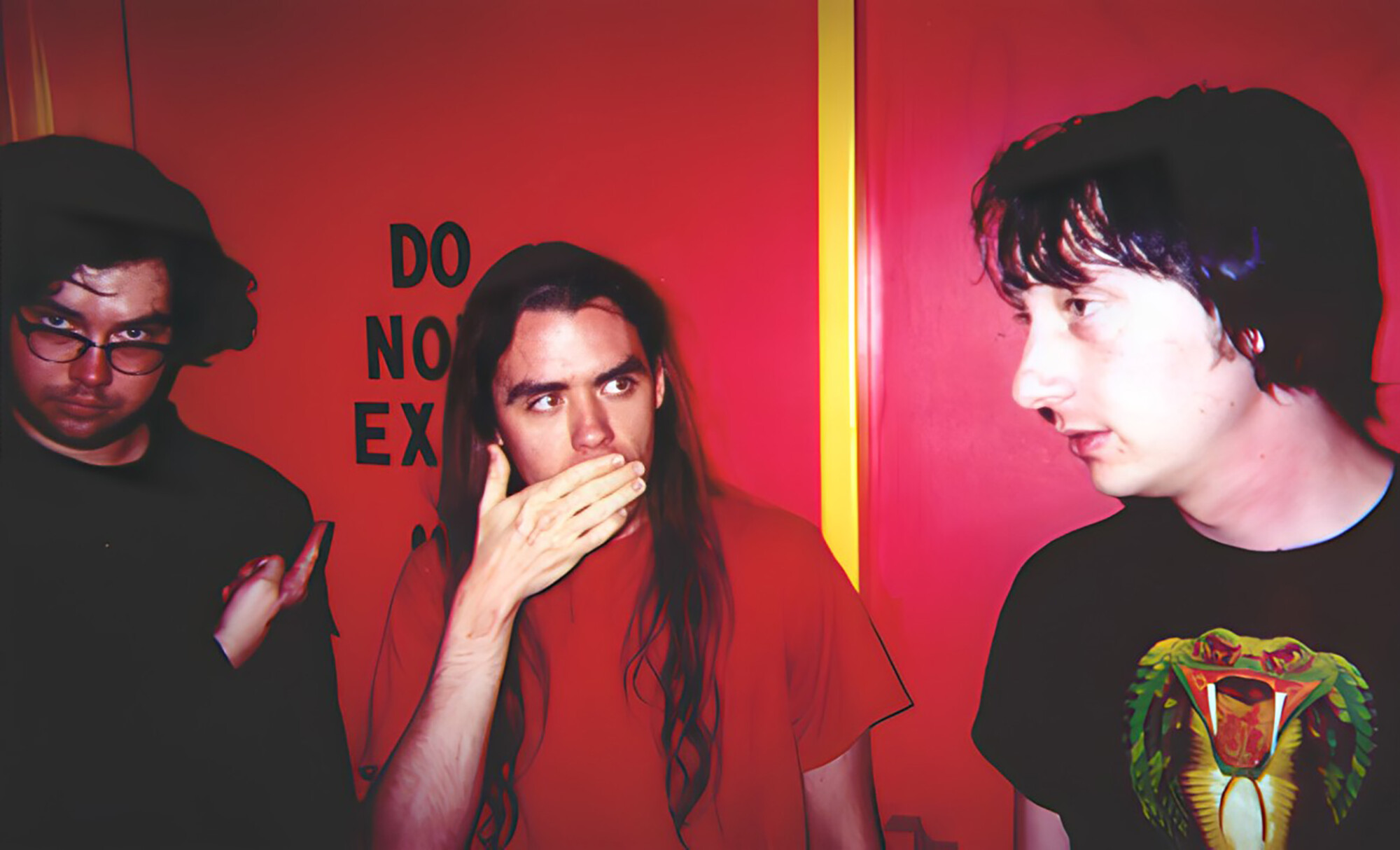
Let’s end this interview with some of your favourite albums. Have you found something new lately you would like to recommend to our readers?
I’m so busy working on other people’s records in the studio that I don’t hear much new music, so I can only recommend stuff that I’ve worked on. The new Elephant Rifle album is great, as is the new Rip Room. There’s also a new Toadliquor record coming out on Southern Lord that’s excellent.
Klemen Breznikar
Headline photo: Pam Nashel
The Fucking Champs Facebook / Instagram / Bandcamp
Drag City Records Official Website / Facebook / Instagram / Twitter / Bandcamp / SoundCloud

